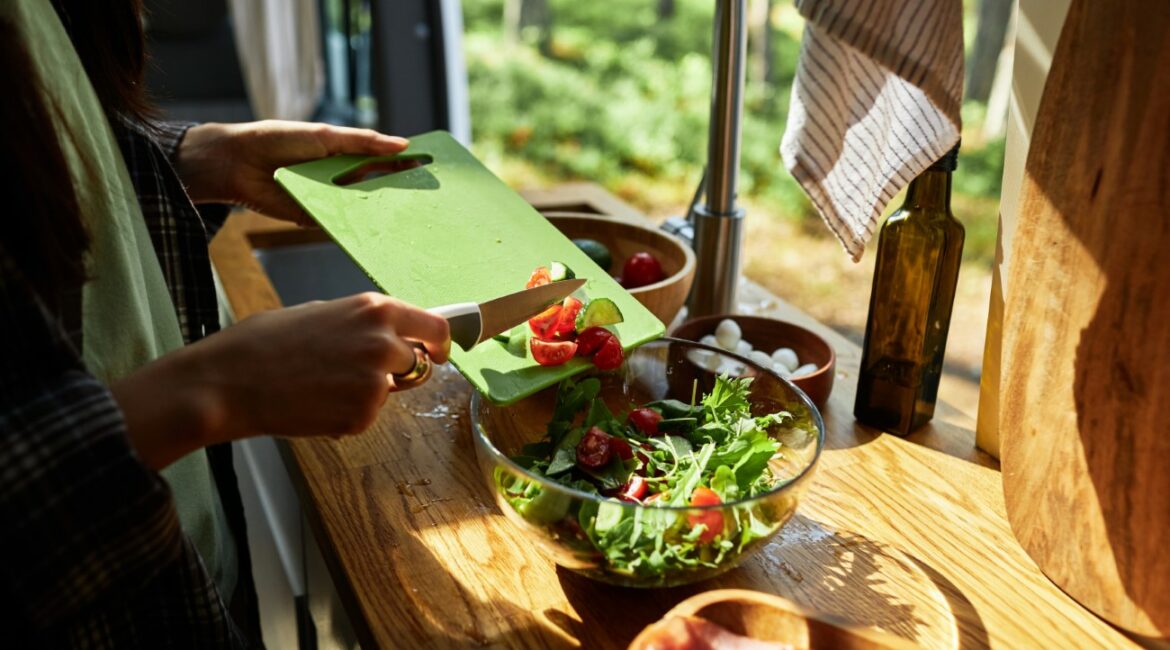Ah, plant-based eating. It’s not just a buzzword you’ve been hearing around; it’s a life-changing choice that countless people, maybe even you, are considering. Let’s embark on this green journey together.
Why Choose Plant-Based?
Switching to a plant-based diet isn’t just about jumping on a trend. It’s about embracing a lifestyle that’s been shown to have countless health benefits. Lowering the risk of chronic diseases, promoting weight loss, and even helping the environment by reducing the carbon footprint are just a few reasons. And if you’re worried about protein, don’t be. Plants have got you covered there too!
Starting Simple: Foods to Incorporate
If you’re just starting out, don’t fret. Begin by incorporating foods you already love. Love spaghetti? Switch to whole wheat pasta and a plant-based sauce. Crave burgers? There are numerous plant-based patties out there. And remember, beans, lentils, tofu, and tempeh are protein-packed options to integrate into your meals.
Navigating Dining Out
Dining out can seem challenging, but most restaurants today have plant-based options. Look for dishes that focus on veggies, grains, and legumes. And don’t hesitate to ask for modifications. Many establishments are accommodating and will be happy to whip up a plant-tastic dish for you!
Supplements: Do You Need Them?
While a well-planned plant-based diet can offer all nutrients, there are a few supplements you might consider. Vitamin B12, Vitamin D, Omega-3 (from algae oil), and Iron might be beneficial, especially if you’re just transitioning. But, as always, consult with a healthcare professional before adding any supplements.
Mistakes to Avoid
Diving head-first without planning can lead to nutrient deficiencies. Ensure a balanced intake and don’t just focus on eliminating foods, but rather on adding nutrient-dense plant foods. And remember, just because it’s plant-based doesn’t mean it’s healthy. Beware of overly processed plant-based junk food.
FAQ : A Quick Guide to Plant-Based Eating
What’s the difference between plant-based and vegan?
- While both focus on plants, veganism avoids all animal products, including clothing and cosmetics. Plant-based primarily refers to diet.
Will I get enough protein on a plant-based diet?
- Absolutely! Foods like lentils, chickpeas, quinoa, and tofu are rich in protein.
Do I need to go 100% plant-based?
- It’s up to you and your goals. Some choose a predominantly plant-based diet but occasionally consume animal products.
What about calcium without dairy?
- Leafy greens, fortified plant milk, almonds, and sesame seeds are excellent calcium sources.
Is plant-based eating more expensive?
- It doesn’t have to be. Whole foods like beans, grains, and seasonal veggies can be quite affordable.
Decoding Plant-Based Milk Options
Navigating the plant-based milk aisle can sometimes feel like learning a new language. From almond to oat, and soy to cashew, the choices seem endless. When choosing a plant milk, consider its nutritional profile, taste, and your intended use. For example, soy milk is protein-rich, making it a great addition to smoothies. Oat milk, with its creamy texture, is a favorite for lattes. Experiment to find which one tantalizes your taste buds.
Embracing Whole Foods Over Processed Alternatives
While it’s tempting to fill up your cart with plant-based junk food and faux meats, the essence of plant-based eating is focusing on whole foods. Think fresh fruits, vegetables, nuts, seeds, grains, and legumes. These nutrient-dense options not only provide a wider range of essential vitamins and minerals but also ensure you’re avoiding the added sugars and preservatives found in many processed foods.
Plant-Based Meal Prep: Saving Time and Money
One of the secrets to successful plant-based eating, especially for the busy bees, is meal prep. Designate a day in your week for preparing dishes or ingredients in advance. This not only helps in ensuring you always have healthy options on hand but also saves money by reducing last-minute take-outs. Batch cooking grains, pre-chopping veggies, or making sauces can transform your plant-based journey.
The Role of Fermented Foods in a Plant-Based Diet
Fermented foods are a must-add to your plant-based pantry. Foods like sauerkraut, kimchi, tempeh, and miso are not only flavorful additions to dishes but also great for gut health. They introduce beneficial probiotics into your system, aiding digestion and enhancing nutrient absorption. Remember, a happy gut often leads to a happy mind and body.
Transitioning Kids and Family to Plant-Based Eating
Introducing plant-based foods to kids and family members used to traditional diets can be challenging but rewarding. Start by making familiar dishes with plant-based ingredients. Tacos, for instance, can be made with lentils instead of meat. Host fun taste-test nights, introduce new foods gradually, and involve them in cooking. Over time, their palates will adapt, and they might even discover new favorites!
Each step you take in your plant-based journey is an exploration. Whether it’s discovering a new ingredient, mastering a plant-based dish, or understanding the intricacies of plant nutrition, embrace the learning curve. And remember, every meal is an opportunity to nourish both your body and the planet.
- A Chat with Nate and Mika, Christian Wedding Photographers - July 18, 2024
- Ultimate Guide To Playing Online Casinos - May 27, 2024
- Addiction Recovery Books Worth Reading - January 24, 2024









